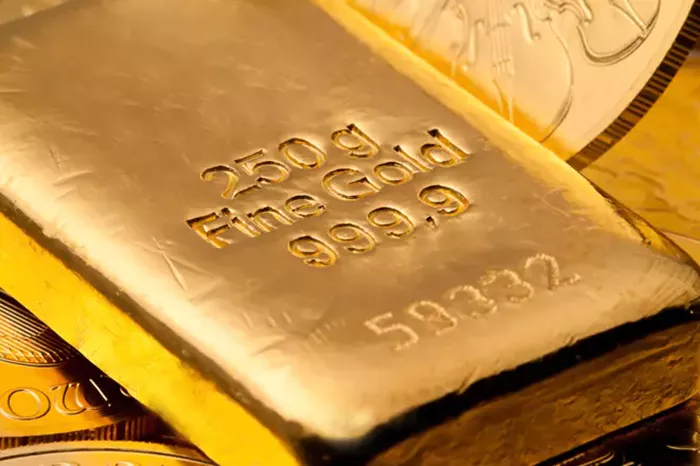Gold and silver, two of the most closely watched precious metals, have recently shown notable movements in their prices. Gold, represented by the symbol XAUUSD, has been hovering around the $3,346 mark. Meanwhile, silver, indicated as XAGUSD, is testing the $33.70 area. These price levels have sparked interest among investors and analysts who closely monitor the metals as safe-haven assets and indicators of economic health.
Gold’s position near $3,346 reflects a period of relative stability but also hints at potential shifts influenced by global economic factors. Silver’s approach toward $33.70 suggests active market testing of this price level, which could signal either a breakout or a pullback depending on upcoming market dynamics.
Factors Influencing Gold’s Price Movements
The price of gold tends to react strongly to changes in inflation expectations, interest rates, and geopolitical uncertainties. In recent months, ongoing economic challenges and shifts in monetary policy have created a backdrop that keeps gold prices in focus. Investors often turn to gold as a store of value when inflation rises or when the global economy faces instability.
Currently, gold’s steady presence near $3,346 suggests the market is weighing these factors carefully. Central bank decisions, especially those from the U.S. Federal Reserve, play a crucial role in shaping gold’s price direction. For example, hints of interest rate hikes can strengthen the U.S. dollar, which often puts downward pressure on gold prices. Conversely, concerns about inflation or geopolitical tensions can boost demand for gold, pushing prices higher.
Silver’s Price Testing and Market Implications
Silver, with its price near $33.70, is experiencing a critical test zone. Unlike gold, silver prices are also heavily influenced by industrial demand, given its wide use in electronics, solar panels, and other technologies. This dual role makes silver more sensitive to both economic growth prospects and investment flows.
The current price test around $33.70 is significant. Should silver break above this level decisively, it may indicate stronger bullish momentum fueled by increased industrial activity or renewed investor interest. However, failure to sustain above this price could lead to a correction or consolidation phase as traders reassess market conditions.
What Should Investors Watch Moving Forward?
As both gold and silver navigate these price levels, investors and traders need to stay alert to several key indicators. Monitoring central bank policies, inflation data, and geopolitical developments is essential. Additionally, tracking industrial demand and global supply trends for silver can provide valuable insights into its price trajectory.
Market sentiment and technical analysis will also influence short-term movements. For gold, support and resistance levels around $3,340 to $3,350 are critical. For silver, the $33.70 mark acts as a pivotal point that could dictate the metal’s near-term direction.
In conclusion, the precious metals market remains dynamic and sensitive to a broad range of factors. Gold’s stability near $3,346 and silver’s challenge at $33.70 highlight ongoing market uncertainty but also present potential opportunities for investors who follow these signals carefully. Understanding the forces behind these price levels is key to making informed decisions in the evolving landscape of precious metals trading.
Related Topics

